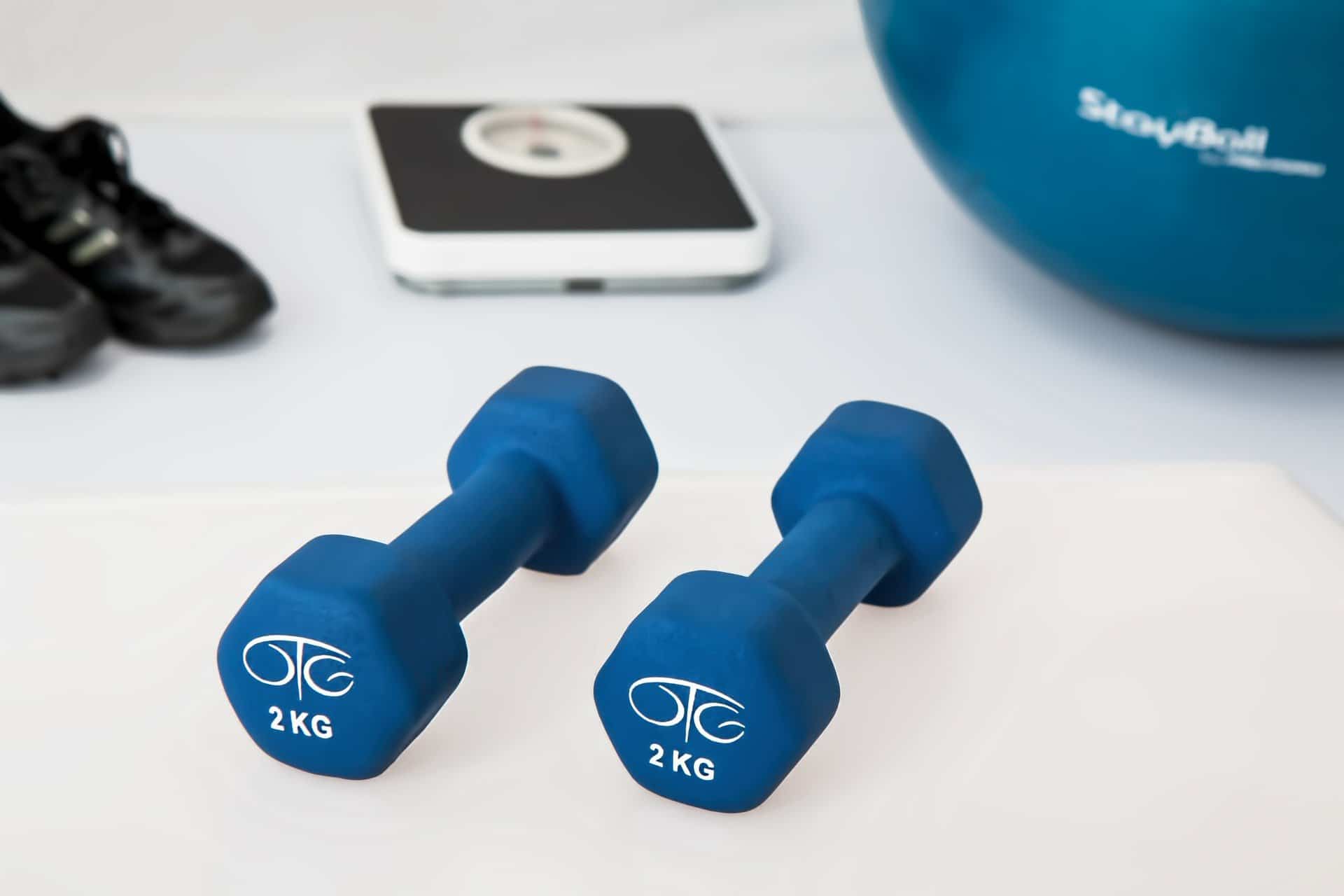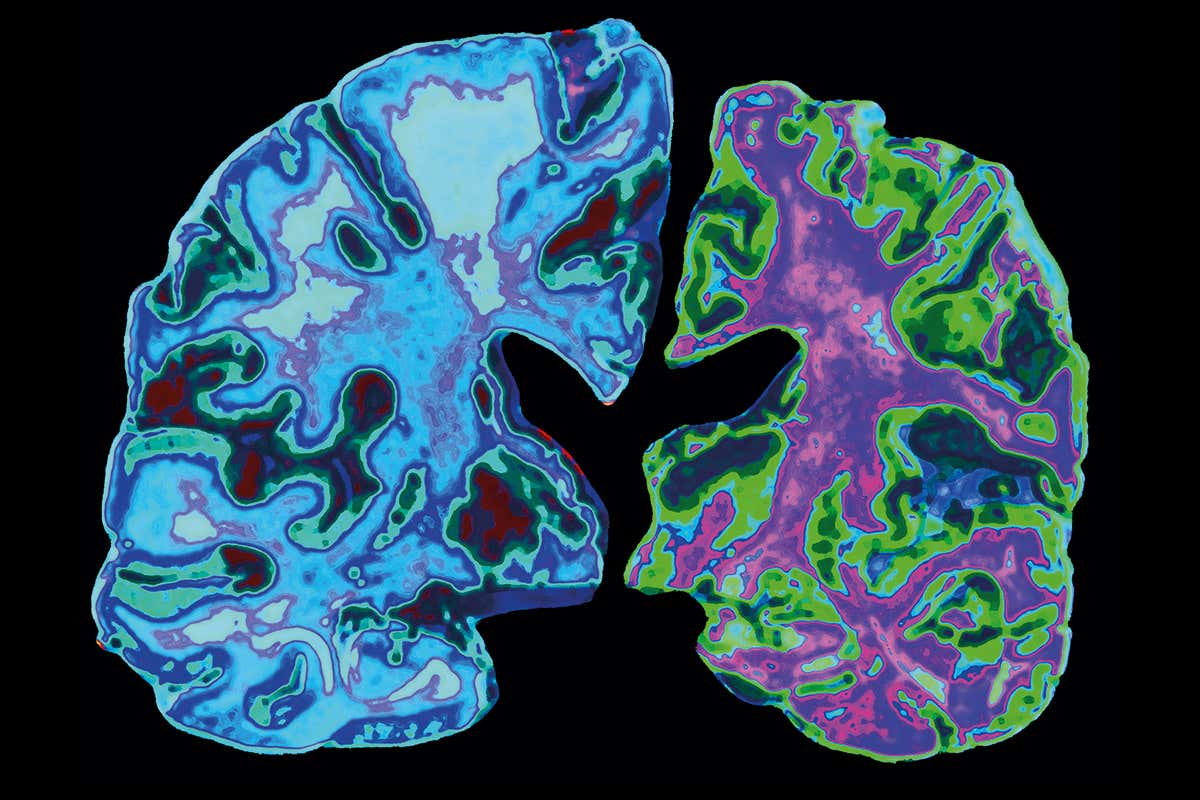Recently, a new study conducted by researchers at the Stanford University School of Medicine shows how the fitness levels of a person can be determined by using an alternative method, which can also possibly give more detailed results.
More specifically, the researchers showed that a blood test can be used to see an individual’s bodily response to physical activity, thereby providing much more information in comparison with the traditional fitness tests that only rely on treadmills.
The suggested blood test was developed by a team of researchers prior to the new research by collection and examination of molecular changes and measurements from thousand of participants both before and after engaging in physical activity.
To investigate using blood testing to study the molecular response of the body to exercise, the scientists examined the molecular marker of various procedures that take place in the body such as cardiovascular function, the immune system, oxidative stress, and metabolism.
Also Read: One Serving of Mushrooms Daily Can Significantly Improve Health
Over thousands of molecular measurements from the thirty-six participants in the study showed the scientists the big number of chemical changes that happened in the body while exercising.
In accordance with the team, no previous investigations have looked at post-exercise molecular changes in the body in this much detail and no research has shown that people who are the most active and fit are likely to have the same molecular signature prior to engaging in physical activity.
This new discovery was what primarily prompted the researchers to test the fitness levels of individuals using a blood test, according to Kévin Contrepois, who is the director of metabolomics and lipidomics in the Department of Genetics.
Contrepois explained that aerobic exercise and fitness, to this day, remain the primary determinant for health in the future which is why examining it using a blood test can reveal further details that can help in maintaining personal health and even prevent disease.
While the test is not available yet to the public as it is still in its preliminary stages, the new research by Stanford scientists will publish a paper on the test that investigates further the benefits of studying changes in molecular measurements soon in the journal Cell.
The leading authors of the paper are Michael Snyder, who is the chair of genetics, and Francois Haddad, who is the clinical professor of medicine.
The primary purpose of the paper was to understand the importance of molecular changes during exercise and how can they be used for fitness purposes.
Usually, the standard method of testing a person’s fitness including performing a VO2 test, which measures the highest oxygen intake of a person while he or she is performing intense physical exercise.
Then, the scores are used to estimate the person’s aerobic fitness. However, the team was interested in seeing whether a blood test and studying molecular changes can provide important details to understand fitness and the impact of exercise.
In its investigation of thirty-six participants, which included Synder himself, the team examined blood samples both before and after exercise and found various changes and new information on the impact of exercise at a molecular level.
According to the researchers, their findings can possibly help in the creation of a better fitness level test in the future which may also be faster and more affordable as well as in making personalized fitness plans for people in the future.


